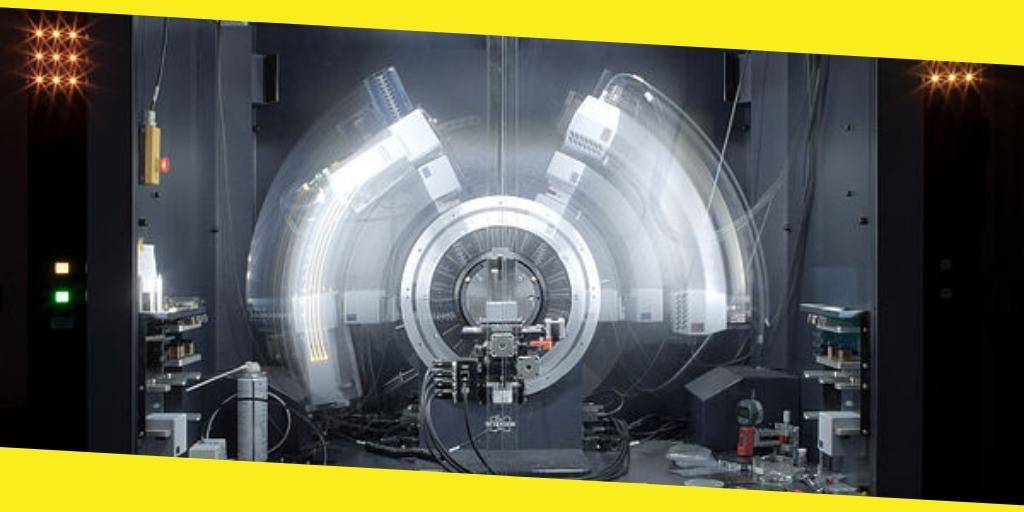The Different Use Cases of X-Ray Crystallography

When it comes to technologies that change the world, x-ray crystallography has to be one of the most important out there. It is definitely something that, if you are interested in science and how it can directly impact our lives, you should learn all about as it can uncover parts of the world that the human eye simply does not have the ability to. The good news is that, if you are interested, you are definitely in the right place, as this guide has been created to give you a complete overview. It is definitely recommended to keep on reading if you want to know all about it. Take a look now to learn more.
Contents
ToggleIdentifying Molecules
As x-ray crystallography is all about understanding the three-dimensional make-up of atoms that exist within a molecule, usually by using an XRD machine, it is a process that can be used to identify individual molecules and their structure. For example, Dorothy Crawfoot Hodgkin used this in order to finally figure out the structure of cholesterol, penicillin, and vitamin b12. As a reward for her work, she was eventually awarded the Nobel Prize in Chemistry in 1964.
Identification of Drugs
X-ray diffraction actually allows people to understand the unique XRD pattern of drugs, meaning that they have a lot of great use cases in the pharmaceutical industry. The types of dugs that have been identified by this process include, but are not limited to:
- Ampicillin Sodium — this is used to prevent and treat bacterial infections.
- Cefalexin — this is used against bacterial infections.
- Benzathine Penicillin — this is used to treat step throat, diphtheria, yaws, and syphilis.
- Ceftriaxone Sodium — this is used to treat middle ear infections, pneumonia, urinary tract infections, and gonorrhea.
- Erythromycin — this is used to treat respiratory tract, skin, and chlamydia infections.
Additionally, it is likely that as x-ray diffraction improves, it will be used to identify far more drugs in the future!
Understanding Nanomaterials
When it comes to nanomaterial research, x-ray diffraction has been proven to have many use cases. It can tell you about the structural properties of both nanomaterials in powder and thin-film form. Naturally, this means that x-ray crystallography has been used in the forensic analysis because it can see the trace of something that the human eye simply cannot. This is especially true when considering Locard’s exchange principle, which states that the perpetrator of a crime will always leave a trace which will help to identify them at the scene of the crime.
Investigation of Bones
When you want to understand what makes up a bone mineral, then x-ray diffraction is an incredibly useful tool. When bones are heated at a temperature of above 500 °C (around 932°F), their make-up starts to change, with x-ray diffraction able to see the change in crystal parameters. This can have a lot of useful use-cases when it comes to an understanding how bones work and how they can be better treated in the future.
Recommended For You
4 Shocking Ways Sleep Affects Your Skin
Most Inside
Most Inside offers high-quality recommendations and valuable updates to enhance all aspects of your life, providing premium guidance and enriching experiences.




